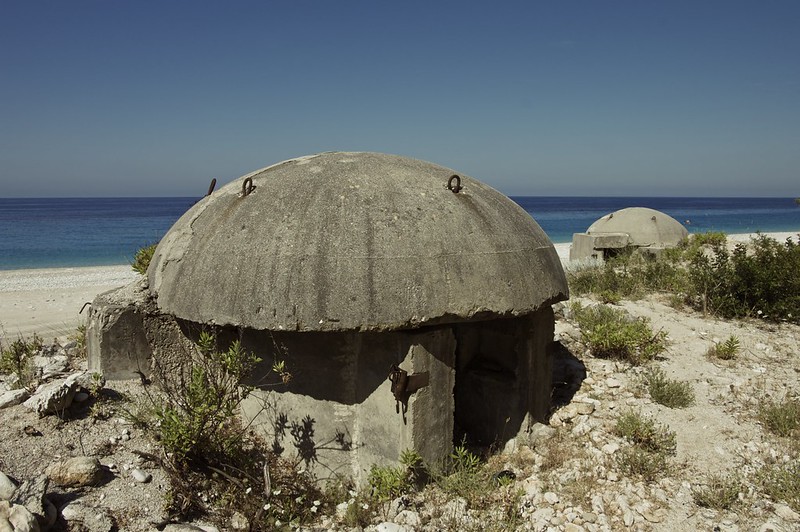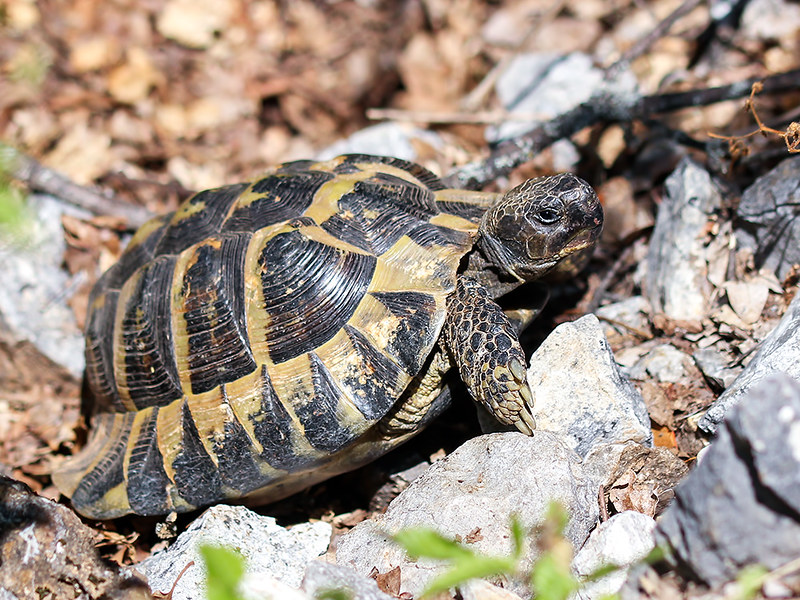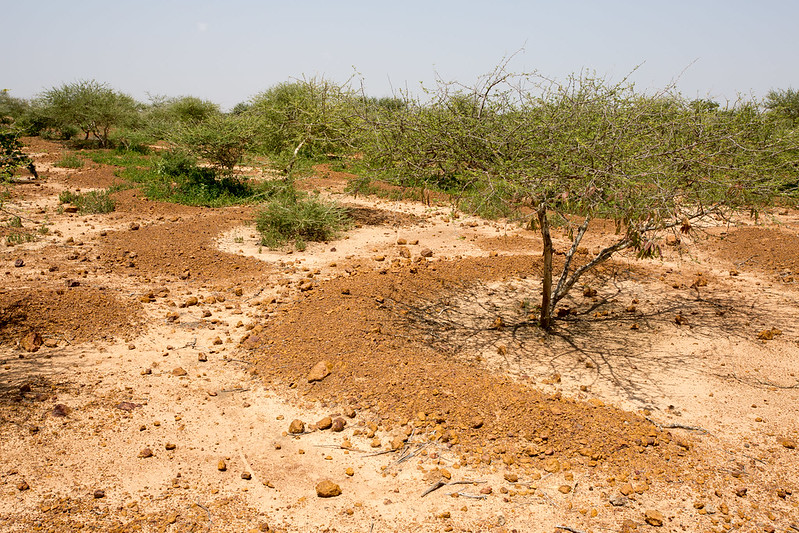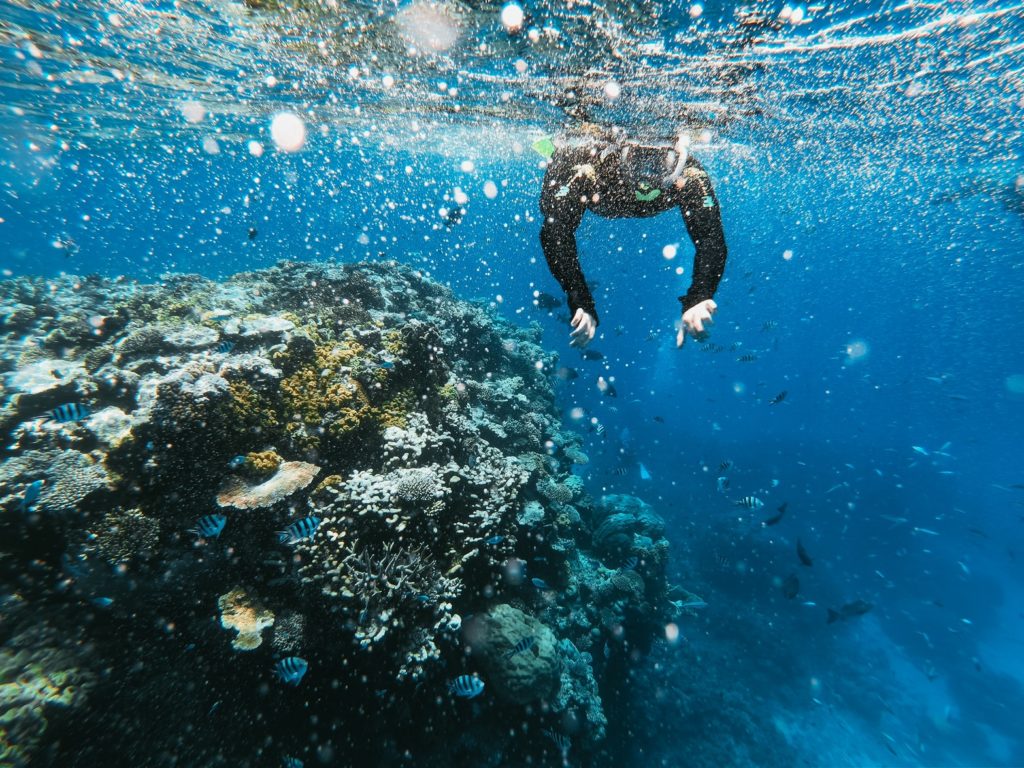World Environment Day: Our Efforts to Protect Biodiversity

Biodiversity is this year’s theme for World Environment Day. On 5 June, international governments, businesses and individuals around the world are encouraged to focus on the issue of climate change and threats to biodiversity by coming up with workable solutions to save and preserve the way of life and ecosystems of animals, plants and fungi.
To play our part in bringing awareness to these issues, we want to share some stories from around the world where climate change issues are being confronted in an interesting way. From the Balkans region in Europe to Africa and Asia, climate change and the threat to biodiversity is a serious issue.
Combating rising tides along Albania’s coast
Albania, a small Balkan country on the coast of the Adriatic Sea, has been at the forefront of coastal erosion in Europe. Of its 427km coastline, 154km has been eroded away by rough tide patterns and rising sea levels. The rate of sea levels rising as been estimated at 20 meters every year.
Evidence of rising tides and erosion is on display all along Albania’s coast. In the coastal holiday region of Shengjin in far north Albania, dead tree stumps litter the shore, all that remains of a once thriving coastal forest. And its not just local vegetation that has been destroyed by rising tides. During the communist occupation of Albania, nuclear bunkers that were built along the sand dunes are all in ruins, some even visible from out in the water.

In Shengjin, the sand dune separating the lagoon and the sea is feared to disappear completely if water continues to rise. The devastation to the local ecosystem is this were to happen would be huge. Fish species and pelicans would disappear and the sea would continue to erode the shore line, causing locals to relocate elsewhere.
Assessing extinction in North Macedonia
North Macedonia is home to nearly 20,000 different animal, plant, fungi and bacteria species. During the Covid pandemic, a number of interest groups including academics, environmental and biodiversity experts and national organisations, worked towards creating a Red List. The Red List consists of studies and statistics of North Macedonia’s wildlife and plant life, including information about threat levels and vulnerable species.
For example, the study found that seven of the 32 reptile species have been categorised as “endangered” and eight “near threatened”.
Also, part of the study found that the native Hermann’s Tortoise has been located all throughout the region. However, the widespread distribution of the tortoise around the country is not a good thing it seems. Climate change and the human-animal relationship has seen the sharp decrease of its population, with projections of a further 33% decline over the next century. Unfortunately, if ecosystems and habitats continue to be destroyed, this decline is inevitable.

Thankfully, the Red Lists will go a long way to helping solve issues such as the Hermann’s Tortoise and others. With the status of habitat degradation and species numbers being updated to show more accurate numbers, the country has a better chance at creating effective conversation policy.
Africa’s plan to beat the drought
Africa, one of the world’s most populated regions, only second to Asia, is undoubtedly the driest continent on the planet. As a result of large areas of dry plains and massive drought, roughly 52 million people suffer from extreme hunger and living conditions. It has been estimated that 350,000 people from Ethiopia, Somalia, South Sudan and Sudan, have had to relocate due to drought and extreme weather conditions.
Facing the potential disastrous effects of climate change and drought on the region, in 2007, a continent wide movement was created called the Great Green Wall. The aim has been to turn the drought riddled landscape of Africa into a luscious green environment, for both people and plant and animal species to thrive and enjoy.
The plan, like the great wall of China, was to create a wall of trees spanning over 4,000 miles across the continent. Unfortunately, planting trees across the Sahel was a huge failure, with no plants taking root and no communities of people to look after the plant life. Facing this failure, the Great Wall program turned into a much more effective and sustainable project, focusing on teaching sustainable land use.
In the regions of Niger and Burkina Faso, farmers have adopted traditional farming methods that encouraged water retention during the drier months of the year. Using these methods of agroforestry and crop planting, farmers have been able to sustain food production for close to three million people.

Exploring the world from home
Have you ever wanted to hike the Appalachian trail? Walk down the streets of Tokyo during Cherry Blossom season? Go diving in the Great Barrier Reef? With Google Earth, an app available for iPhone and iPad, you can explore all the world has to offer from your couch.
Coral reefs are home to approximately one to nine million species. While great for local tourism, diving can be severely damaging to the marine ecosystem of reefs. Studies have shown that damage such as coral breakage and disease is a result of frequent diving.

Whenever humans interact with the environment and ecosystems, we leave behind a footprint, one that is often damaging to the life in that area. Hiking in forested areas and along mountain trails leave behind litter, and tree and plant damage. Wildlife viewing in African countries can significantly impact animals. The presence of humans can often stress the animals, or disrupt natural animal ecosystems.
The benefit of the Google Earth app is that you can explore every region, tourist attraction, beach, trail and town on the planet, all from the comfort of home. As a student, I don’t often have the money to travel as much as I would like. Using the app, I was able to walk through the Scottish highlands, dive in reefs around the world, stand on a mountain in a national park in Maine, as if I were there myself. Something like this is great for reducing the human footprint on the world’s natural environments.
The 2020 Sydney University Student Anthology is now open for submissions on the topic of climate change, so send us your artworks, poetry, short fiction and non-fiction. Submit here.
 Previous Post
Previous Post Next Post
Next Post